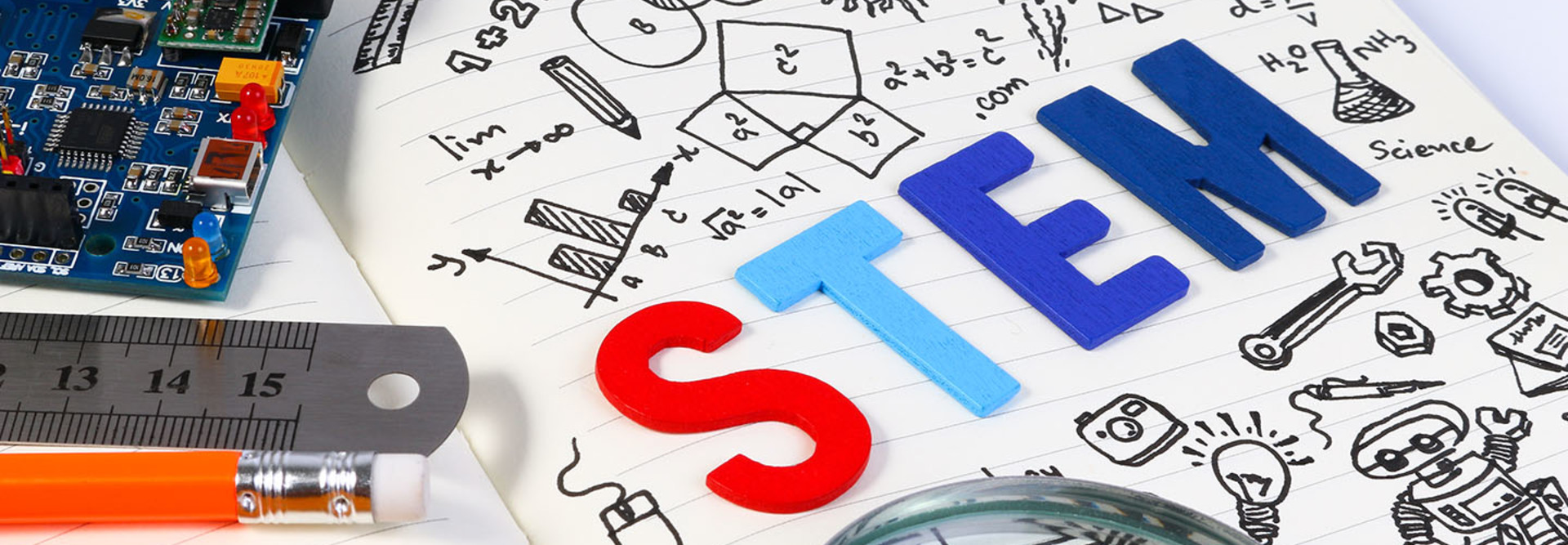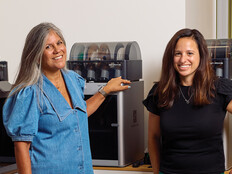5 Best Practices for STEM Education Spaces
St. Thomas School near Seattle has concentrated on beefing up the school’s science, technology, engineering and math (STEM) education for the past several years and plans to strengthen it even more in the future.
The independent private school in Medina, Wash., which has 330 students, is not alone. Makerspaces — a key element of STEM education — are popping up in classrooms and libraries across the U.S. Research from School Library Journal indicates that maker activities at elementary and middle schools increased by 4 percent from 2014 to 2017.
For its part, St. Thomas School has built two dedicated spaces to bolster STEM education, and plans to build a two-floor, state-of-the-art learning space called the Center for Leadership Innovation by 2020. It will be not only the new home for STEM education, but also a new academic program focused on leadership and innovation that aims to expose children to the skills they need in the workforce, says the center’s director, Kimberly Mecham.
SIGN UP: Get more news from the EdTech newsletter in your inbox every two weeks!
St. Thomas School Dedicates Space to Bolster STEM Learning
The center’s first floor will provide flexible learning spaces, including a Skype room for video conferencing with outside experts, a quiet zone for research and a talking zone with soft furniture for group work and discussions. One spot will house tables where students can connect their tablets to a large video monitor.
The second floor is a highly configurable makerspace with the potential to cultivate abstract inventiveness. It’s a creative space where students not only can build things, but also create things, such as a new advocacy program on a social issue.
“In one corner they can build birdhouses, and in another corner, they can work with VR headsets or circuit boards. But it’s also a space where they can write a book,” she says.
In Virginia, Leaders Want STEM to Inspire Underrepresented Students
In an effort to inspire its 4,300 students, particularly underrepresented groups such as girls and students of color, to explore STEM, Charlottesville City Schools in Virginia has beefed up the district’s STEM program to include all grades and built state-of-the-art labs at its middle and high schools.
The 7,200-square-foot Sigma Lab at Charlottesville High School is a flexible learning space that includes a computer lab and an advanced fabrication lab with network-connected 3D printers, CNC machines and laser cutters, where students can design and build products such as prosthetic limbs and quadcopters.
Here are some best practices for STEM education from Mecham and Charlottesville City Schools’ Technology Director Jeff Faust:
-
Provide teachers professional development on how to use the technology, but also on how to incorporate STEM activities into their courses. The IT department typically gives teachers a 30-minute training session on technology and a list of online videos if they want to learn more. The school also encourages teachers to teach each other and share their strategies, says Kimberly Mecham, director of St. Thomas School’s Center for Leadership and Innovation. “We do training, and we follow up with more training,” she says. “When we hear what teachers are doing, the IT staff throws out ideas like, ‘You might want to try this.’”
-
There is no one-size-fits-all with technology. Even though Charlottesville City Schools standardized on Chromebooks for its one-to-one program, the devices were not the right solution for students in STEM courses who needed to use computer-aided design software and 3D printers. For that, they needed to purchase high-powered Windows PCs, says Jeff Faust, the district’s technology director.
-
Foster interest by allowing students to create STEM clubs. Charlottesville High School’s club — named Best All Around Club of Nerds (BACON) — has grown to more than 100 student members. They work on any project they want, such as robotics. Teachers and experts in the community serve as supervisors, says Susan Ramsey, the district’s science coordinator.
-
To teach STEM successfully, students and teachers alike must embrace culture change. “We’ve worked on creating a culture where students know it’s not always going to be right the first time, especially when you are dealing with technology — that you make adjustments,” Mecham says. “It’s a culture change for teachers too. Things may not work perfectly, but we will fail, and solve it together.”
-
Consult experts when designing STEM courses and labs. Charlottesville City Schools invited leaders of engineering programs from local colleges, along with the district’s own IT and instructional staff, to design its STEM program, Faust says.









